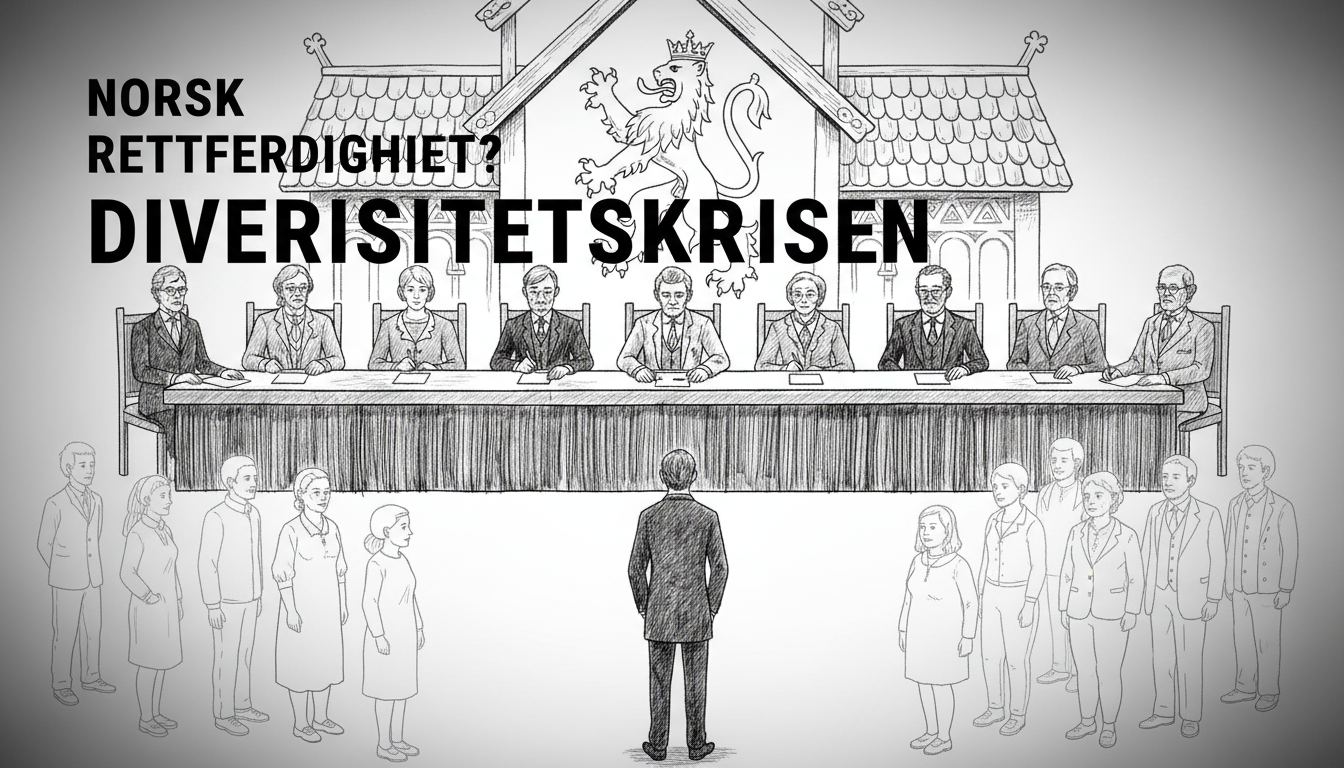Norway's lay judge system faces a demographic crisis that challenges its legal foundations. These part-time judicial officials remain significantly older, wealthier, and more ethnically homogeneous than the general population they serve. Recent data reveals lay judges average seven years older than Norway's median age. They earn substantially higher incomes and predominantly bear traditional Norwegian names.
The Court Administration has directed municipalities to improve selection processes. Officials want lay judges who better mirror Norway's diverse society. The current imbalance raises constitutional questions about equal representation under law. Norwegian courts rely on these citizen judges for criminal cases and civil disputes. They work alongside professional judges to deliver verdicts.
This demographic gap affects legal outcomes across Norwegian courtrooms. Cases involving minority defendants or complex social issues may suffer from perspective limitations. The disparity appears most pronounced in urban centers like Oslo and Bergen. These cities host Norway's most diverse populations yet maintain traditional judicial appointments.
Norwegian law explicitly requires judgment by one's peers. The Lay Judges Act specifies this fundamental principle. Current practices potentially violate both the letter and spirit of this legislation. Similar diversity challenges have emerged in other Nordic judicial systems. Sweden and Denmark face parallel debates about representative judiciary appointments.
The Storting continues monitoring this judicial representation issue. Parliament members from multiple parties have raised concerns. Some propose mandatory diversity quotas for lay judge appointments. Others advocate for completely randomized selection from population registries. The Conservative Party generally defends existing appointment mechanisms. The Labour Party pushes for more aggressive diversity requirements.
This situation reflects broader Scandinavian discussions about integration and representation. Norway's oil wealth and Arctic development attract global workers. The country struggles to balance traditional institutions with modern diversity. The lay judge system represents just one frontier in this ongoing national conversation. Future reforms may reshape how Norway administers justice across its fjords and northern territories.
Legal experts note practical consequences from this demographic mismatch. Cases involving immigrant communities or generational conflicts may lack necessary cultural understanding. The gap could influence sentencing patterns and case resolutions. Norway's Supreme Court has previously emphasized the importance of diverse judicial perspectives.
The government faces mounting pressure to address this representation gap. Justice Ministry officials acknowledge the need for systematic reform. Any changes would require careful implementation across Norway's complex judicial landscape. The country must balance legal tradition with evolving social realities. This challenge touches fundamental questions about Norwegian identity and governance.

